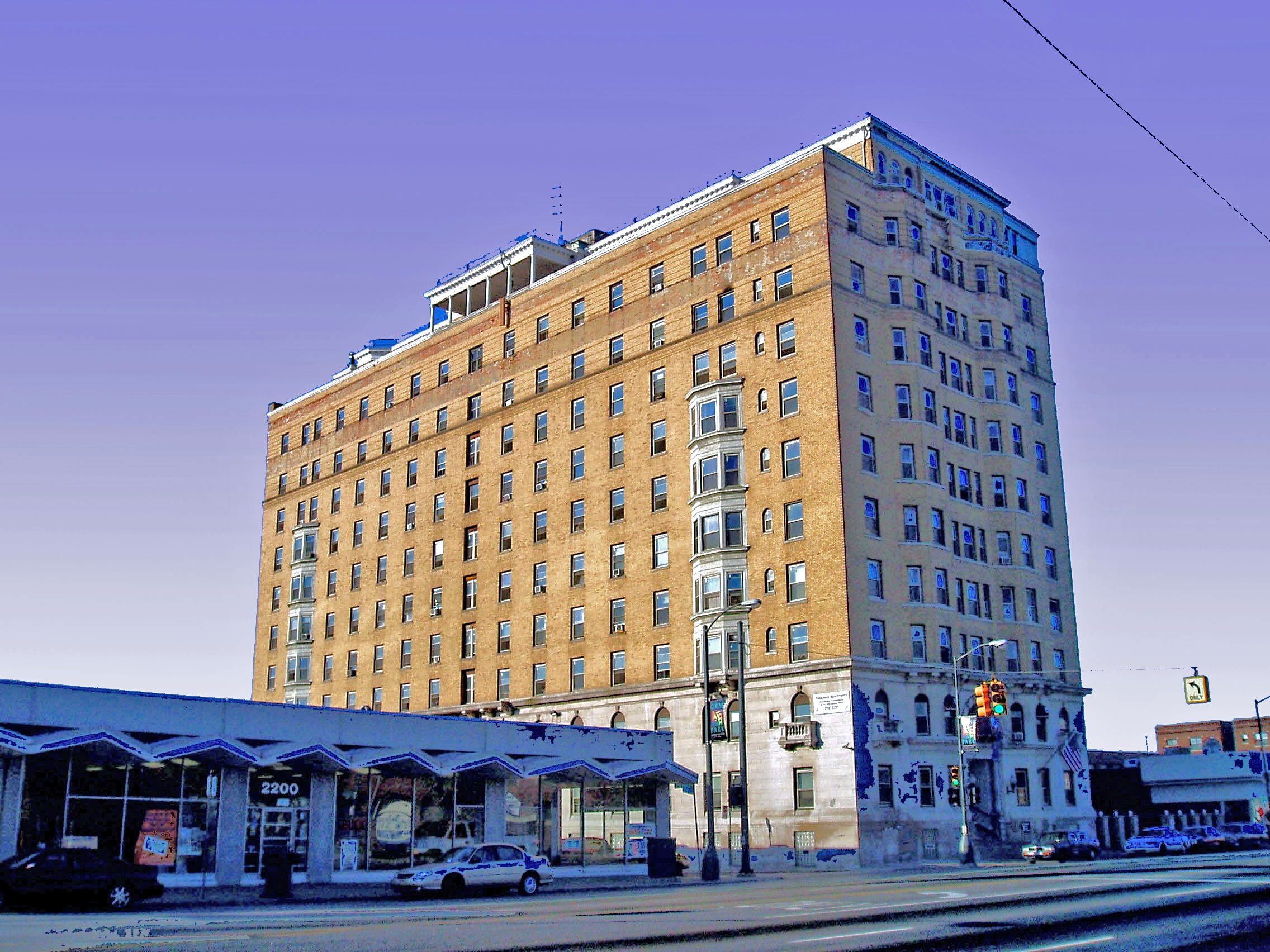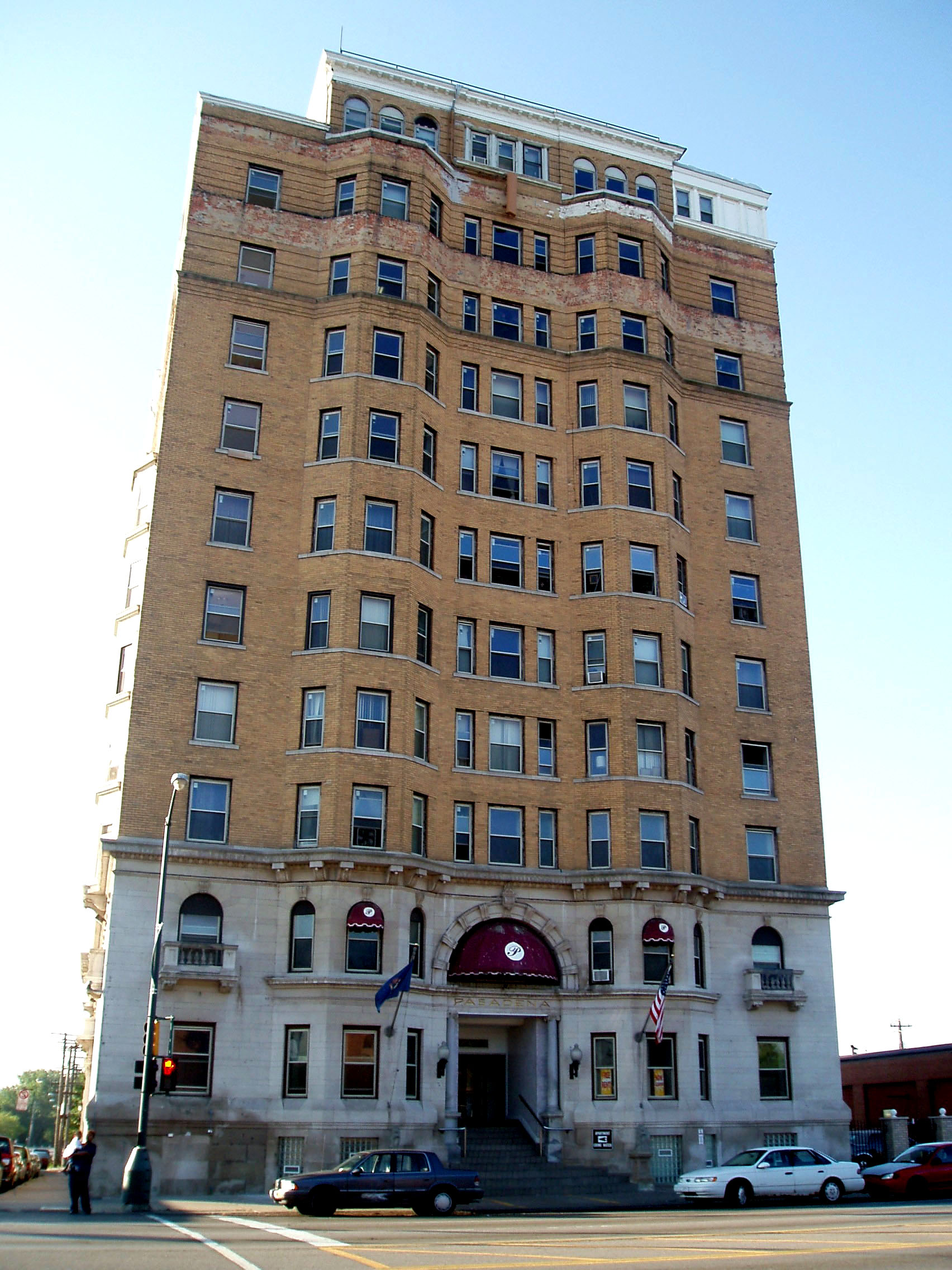

In 1900, US voters elected William McKinley their president to replace President Grover Cleveland. Detroit, blessed by a favorable location on its river and the Great Lakes, and an innovative array of entrepreneurs, was moving toward the top of the list of industrial metropolises. The vehicle industry was insignificant. Highly successful Detroit entrepreneurs might build homes for their families in Brush Park, in the East Ferry Street area or in the Woodbridge neighborhood—every one of them places that continue to display the best in urban living. Or they might rent an elegant apartment.
Buying or building a home at that time was
extremely challenging for upper middle-income families because mortgage requirements
were very substantial
until the New Deal established federal housing finance agencies in the 1930s.
In most East Coast cities, many prosperous families preferred to rent rather
than buy or build, but in Detroit land was quite available, so home ownership
rates have traditionally been high in Detroit.
Francis Palms had developed the East
Jefferson area as a home
to the economic elite throughout the
19th century and, thank goodness, many
of the most attractive
homes still grace the thoroughfare. The Pasadena was built as an apartment
buildings for high-income families as Detroit boomed because of its industrial
firms.
This is an eleven-story Renaissance style building. At the lower floors, you
see much limestone facing. At the higher levels, the yellow brick replaces
the limestone and dominates. In the appropriate sunlight and with the ideal
perspective, this appears as a magnificent building. There is a classical or
formal entrance on East Jefferson, and on either side of that impressive
entryway, you see window bays extending from the basement to the tenth floor.
When this building was constructed, the architect devoted much effort and many resources to ornamentation on the upper façade near the roof line along with the elaborate cornices and false balconies that suggested the classical origins of this building. Unfortunately, few of these important decorative effects survived into the 21st century. Those impressive embellishments reflect Mortimer Smith’s taste, an architect who was also an artist.
This building would not have been constructed unless electric elevators had been perfected. As early as the mid-18th century, hydraulic elevators lift people and goods from one floor to another. By the mid-19th century, effective steam-powered elevators lifted weights to considerable heights, but they were not sufficient for modern skyscrapers. Werner von Siemens, in Germany, was the first, I believe, to effectively apply electric power to elevators in 1880. Perhaps the first US electric elevator was put into service in Baltimore in 1887. There followed a 12-year span in which modern electric elevators were perfected. By 1899, they allowed the construction of many-story structures, be they office buildings or apartments. Mortimer L. Smith was able to design this apartment building in one of Detroit’s most prestigious neighborhoods because of engineering advances, especially elevators operated by electric motors.
Architect: Mortimer L. Smith and Son
Architectural style: Renaissance
Date of construction: 1902
City of Detroit Local Historic District: Not listed
State of Michigan Registry of Historic Places: P25200
National Register of Historic Sites: Building # 85002944; Listed September
10, 1985
Use in 2005: Apartment building
Photograph: Ren Farley; September 1, 2005
Return to East Jefferson Avenue Residential Thematic Resource